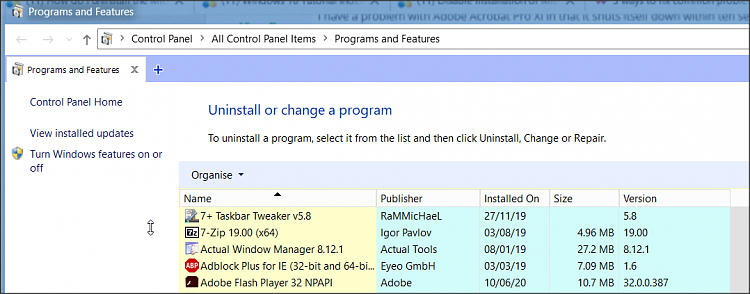

Copy/Paste or type the following command in the PowerShell and press enter. Now that you have PowerShell running as an administrator. Right-click on it and click on ‘Run as administrator’ from the options.Īlternatively, you can right-click on the ‘Start’ button and click on ‘Windows PowerShell (Admin)’ from the available options.

You will find ‘Windows PowerShell’ in the search results. Top open Powershell, click on the ‘Start’ button, and type Powershell. While Powershell is not the friendly way to uninstall an application, but this is the only method that works for Microsoft Edge. You can uninstall it through PowerShell or Command Prompt. You cannot uninstall it in the regular way you uninstall other applications. Since Edge is a product of Microsoft, they embedded it in Windows 10 and made it difficult to get rid of it. There is still a room for improvements compared to Google Chrome or Firefox. When you get the confirmation, click the Yes button.Microsoft Edge has come a long way from being mediocre browser to a good one. Step 3: Click on the Remove link to uninstall and remove the installed extension/theme. Step 2: In the Installed extensions section, turn off the theme/extension you want to remove. Step 1: Click on the three dots icon and then click Extensions. Therefore, they do not show up on the browser themes section. Themes for websites are offered and installed as extensions. Uninstall an Edge theme installed as an extension If one or more installed themes are not showing up here, it’s likely because they have been installed as extensions. To uninstall a theme, click on the Remove button next to it.

In the Custom theme section, you will see all installed themes. Step 2: On the left pane, click Appearance. Step 1: Click on the three horizontal dots and then click the Settings option to open the Edge settings page. Uninstall or remove a theme in Microsoft Edge If the installed theme is for a specific website, you will witness the theme when visiting that website. Note that the browser theme will be applied immediately. Step 5: When you get the confirmation pop-up, click the Add theme or Add extension (themes designed for websites are offered as an extension) button to install and apply the theme. Click on the Add button to install the theme. If you want to know more details about a theme, click on the theme’s title to open its dedicated page where you can get additional information such as version number, last updated date, and description. Step 4: To install a theme, click on the Add button next to the theme’s entry.


 0 kommentar(er)
0 kommentar(er)
